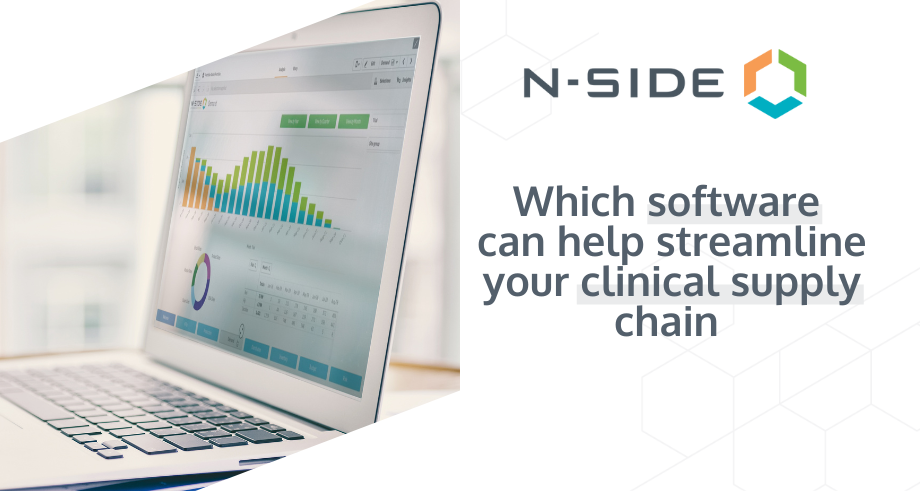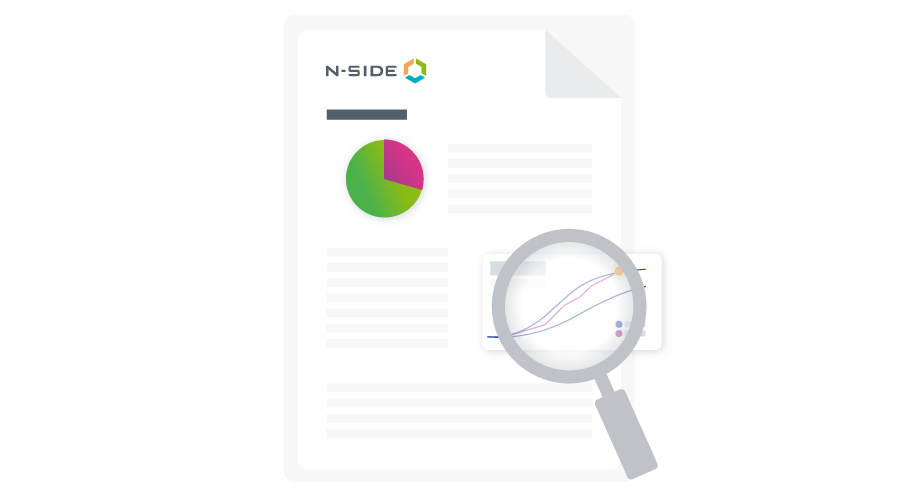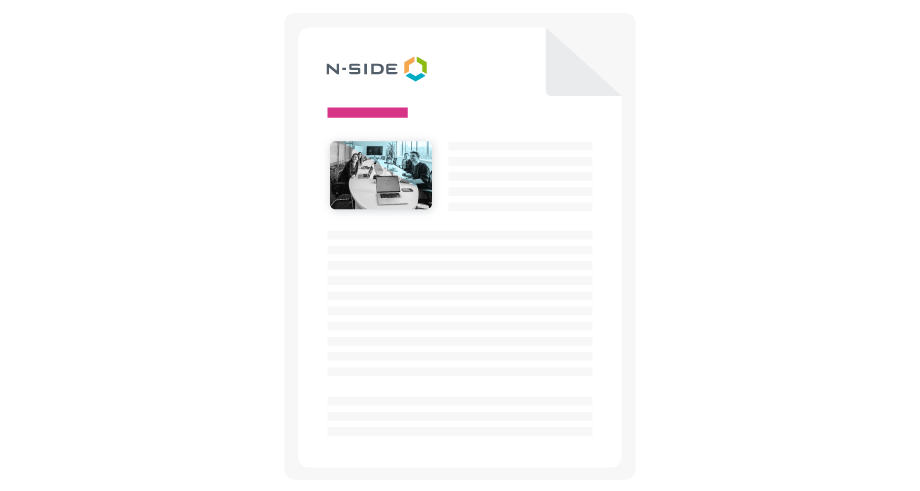What is clinical supply chain software?


As clinical trials become more complex and expensive, it becomes even more important that they go smoothly from the start. Thankfully, clinical supply chain software can help make trials more efficient by reducing costs, timelines, and risk.
From forecasting demand to managing inventory to ongoing supply optimization, there are many challenges to keeping trials on track. Clinical supply chain software helps various teams overcome these challenges using technology.
Typically, clinical supply chain software consists of many siloed point solutions, and data sharing and collaboration between teams is rarely built into these systems.
However, the entire clinical supply chain is connected, so choosing the right solutions — ones that improve collaboration and bridge the divides between teams — will help support the goal of getting the right amount of drugs to the right locations at the right times.
What is clinical supply chain software?
Clinical supply chain software is an umbrella term that describes a broad category of solutions which are often grouped together in different platforms.
These solutions are part of the overall clinical supply chain, helping CMC teams, clinical supply managers, clinical trial managers, and other stakeholders plan and execute clinical manufacturing and trials.
Types of clinical supply chain software
The main categories of clinical supply chain software include:
Interactive response technology (IRT)
Via services like subject enrollment, inventory management, and study drug dispensing, interactive response technology (IRT) software is used to enable patient randomization, ensure blinding, and manage patient interactions and drug supplies for sponsors, depots, and sites during clinical trials.
Clinical trial inventory management
Inventory management software helps automate and track purchases, orders, and inventory levels, helping clinical trial teams better handle and dispense drugs, track documentation and information, and reduce operational costs and waste.
Labeling/label approval
Clinical trial labeling of investigational new drugs (IND) and investigational medicinal products (IMP) is complex; labels must include specific information such as instructions, mode or route of drug administration, strength, storage requirements, and expiry dates. This process is made even more complex for international trials, as label requirements vary by country. Labeling or label approval software helps manage and monitor the label approval process with services like text generation, translations, proofs, reviews, and approval.
Clinical trial budgeting
It costs an average of $2.6 billion USD to develop a new drug, so accurate and efficient clinical trial budgeting is essential. Budgeting software allows you to define, forecast, and track your budget to stay on course, as well as spot efficiencies or scenarios that can bring down the costs of drugs and comparators.
Clinical supply forecasting
Via advanced calculators that take factors like recruitment, titrations, drug expiration, and desired overage into consideration, clinical supply forecasting software predicts average demand for a trial, enabling clinical supply teams to create their supply plans. Although forecasting is a critical step especially in early planning stages, forecasting software can’t go the extra mile and factor in uncertainty or risk.
Risk-based clinical supply optimization
Risk-based clinical supply optimization software leverages advanced algorithms to model uncertain parameters and simulate possible trial demand scenarios. Currently the only option with forecasting and risk-based optimization, N-SIDE’s Supply App provides the optimal overage level for reducing risk as an output of demand simulations. In addition, risk-based optimization software can be used to monitor risk during ongoing trials in order to verify and improve the initial forecast.
Clinical production planning
Production planning software such as N-SIDE’s Production App identifies the best path to manufacturing efficiency — from drug substance (DS) to drug product (DP) to IMP and allocation to trials. This software helps pharma companies minimize waste, protect the clinical supply chain from shortages, reduce costs, increase agility, and accelerate time to market for investigational drugs.
Learn more: End-to-end clinical supply chain optimization helps bring drugs to market faster.
About the N-SIDE solutions
With the N-SIDE solutions, pharma companies can streamline their supply chains throughout the trial lifecycle, from manufacturing to clinical trial supply and clinical operations. This is made possible by creating a single source of data shared by the whole supply chain.
The N-SIDE software does not use Natural Language Processing, unlike some IRT software, which may use it to facilitate their operations. The N-SIDE software is based on cutting edge optimization, Monte Carlo simulation, machine learning and data visualization technologies. N-SIDE dedicated APIs also allow users to benefit from system integrations to facilitate some aspects of the data entry.
Identify bottlenecks and allocation constraints in manufacturing by modeling various production scenarios and enable risk-based decision-making with the Production App.
Then use the Supply App to understand the demands of each trial and simulate possible outcomes while factoring in uncertainty, and use real-time data to monitor, reevaluate, and optimize the supply strategy during each trial.
Contact N-SIDE to learn more about our clinical supply chain solutions:






Article
Forecasting and optimization in clinical trials
Learn about the latest advances in clinical trial forecasting and optimization. Understand how technology can help you overcome challenges you face in your clinical trial supply management.
Read now
VIDEO
The N-SIDE solutions
This end-to-end platform powers the clinical supply chain, supporting strategic decision making, operations, and enhanced monitoring at both the trial and program levels.
WATCH THE VIDEO
Article
Clinical supply forecasting & risk-based optimization: What’s the difference?
As clinical trials have become more complex and expensive, many solutions have come on the market to address the challenges of managing the clinical trial supply chain. Let's take a look at the two major categories of solution in this space: clinical supply forecasting and risk-based clinical supply optimization.
Read now





